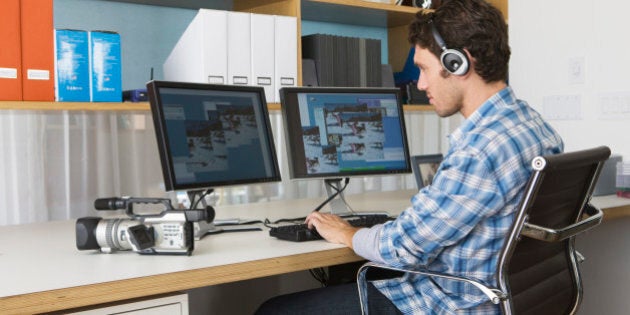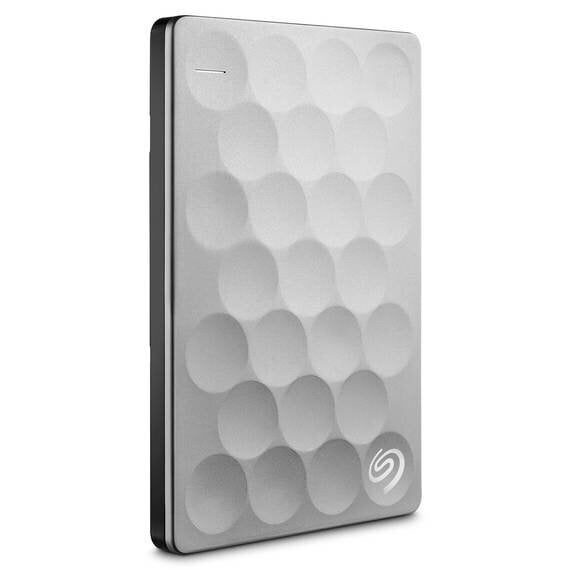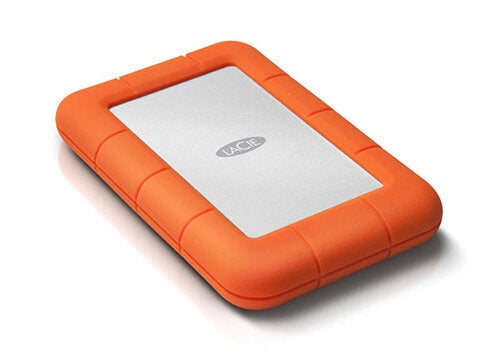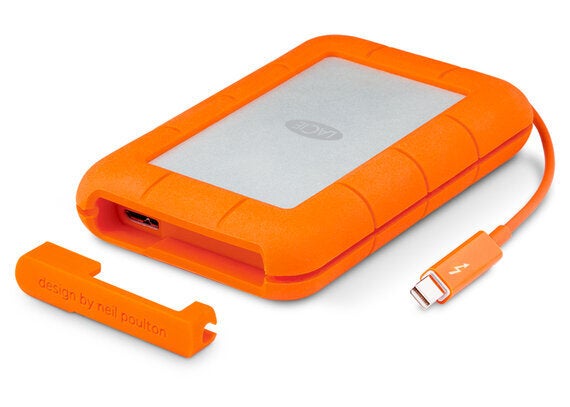
Videos are an amazing way for you to communicate directly with your customers. Most importantly, your customers will get to know you through your videos on a very important level.
They will trust you and keep coming back for more.
As you start shooting videos, you will quickly realize that video is a storage hog. Storing video on your computer will take up an enormous amount of space and sharing those files can be tricky (due to the large file sizes).
To find out all the latest tips and tricks on how you can safely store those videos (you will want to keep your video footage, so you can always go back and use previous clips -- no need to reshoot again), I spoke with Kevin Brangan, Director of Product Marketing, Consumer at Seagate.
Kevin shared his top tips on storing video footage.
What is the purpose of an external hard drive? What is the difference between this and a memory card or the memory on your computer?
All three of these technologies store personal data but serve different purposes. An external hard drive is typically used by consumers for backing up large amounts of data, or for lots of storage on the go (think video for instance).
They are portable and hold a lot of capacity. If you think of your data as the currency of your life memories and information, an external hard drive is like having your bank in your pocket wherever you go. It's reliable, secure and can hold a lot.
A memory card is similar to a USB thumb drive. It's built to store multimedia from devices such as cameras, smart phones/tablets and music players. Capacities are generally tiny by comparison to external hard drives, but they are very small and fast.
For permanent storage, you will need to transfer those files to an external hard drive -- both to make room on the card for more pictures, music, etc., and also to ensure this important information is protected for the long term.
What are the different types of external hard drives?

There are a number of different data storage technologies depending on your needs. USB hard drives, like Seagate's Backup Plus Ultra Slim are the most common for consumers looking for plug-and-play simplicity.
Most come with software to help automate backups so you don't have to think about it. This is the most simple and cost-effective external storage.

Network-attached storage like Seagate Personal Cloud connects to a home or office network (typically via Ethernet or WiFi), rather than one PC, which makes it much easier for groups of people, or one person across multiple devices, to storage and access information in one place. For example, anyone in your house can access collections of music or movies. It's slightly more expensive but offers users a lot more flexibility to enjoy their data.

Finally, some external drives are particularly well suited for use on-the-go because they are ruggedized so they can handle a little moisture and a few bumps. For example, LaCie Rugged RAID is often used by photographers or videographers in the field, who offload their files from their memory cards as they fill up.

LaCie Rugged Thunderbolt is often used by these creative pros for delivering final content.
Videos in particular can be very large and it's easier to ship a hard drive via courier than to try to transfer the files electronically. A Thunderbolt connection also makes it really fast (up to 387 MB/sec.) to transfer the files to another drive.
How to get the most from your external hard drive?
Ensuring regular backups of your personal computers is a best practice to ensuring your data is secure. By using Seagate's backup software or Timemachine for Mac will help you automate this process and ensure you always have a complete second copy of your data.
When using a drive for backup, make sure it is dedicated just to that purpose. That will help reduce confusion, so you don't accidently store the original and copy in the same drive. It will also allow backup software like Time Machine and File History to properly manage the drive.
When using an external hard drive for storage, take time to organize your data into folders so you can find what you need later.
How to care for your external hard drive?
•Always keep two copies of your data. If you are using a drive as additional storage, be sure you still have a backup. Computer viruses, fire, theft... are constant threats.
•Always use the safe-remove feature of your operating system to be sure the drive isn't in use when disconnecting it.
•Avoid extreme temperatures or humidity changes.
•Avoid bumping the drive, especially when it is powered on.
•Keep it dry. Water is bad for any electronic devices.
•Once a drive starts to get full, you may want to defrag the drive to improve its performance. Your computer will have this utility built into the OS.
•Also occasionally run Windows Error Checking or Mac First aid to correct any data errors that may have occurred.
How long do external hard drives last?
Modern hard drives are designed to last five years when properly used and cared for. However, environments do have an effect on drive life. External drives are typically designed for low usage (less than eight hours a day, five days a week).
If you are using a drive more intensively than that, then you may want one designed for that purpose, such as an enterprise class drive. Otherwise, expect a shorter drive life.
Any other tips on external hard drives?
For users wanting to ensure security from disasters like fire, theft or flooding, they can keep a second copy in an off-site location or leverage cloud services like Microsoft OneDrive, which comes standard with all of Seagate's Backup Plus products.
Another great best practice is to invest in data protection plans. For a small up-front fee, you can add extra protection to not only your external hard drives, but also the hard drives in your computer too! Just in case you spill that cup of coffee and want to recover the data.
Stay tuned for the next installment in my blog series. I will discuss the key pieces of equipment that will make it easier for you to shoot engaging videos!
I love all of these helpful storage tips and will use them as I continue to work on my blog and small business.
Your suggestions are always welcome, as I continue on my journey to live life to the fullest. Let's have the very best 2016!
Visit Sacha daily at SachaD.com
Follow HuffPost Canada Blogs on Facebook
ALSO ON HUFFPOST:
